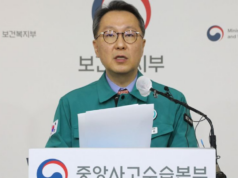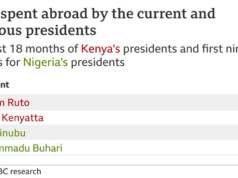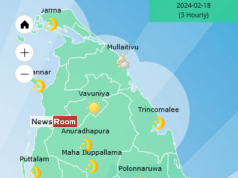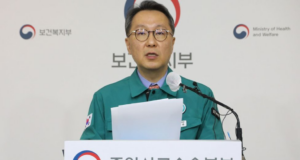The Pathfinder Foundation has formed a Study Group of Experts to develop a blueprint and framework aimed at doubling Sri Lanka’s economic growth rate through accelerated economic integration and infrastructural connectivity with India. The framework document is expected to be formally launched in March 2024. Most economic forecasts place Sri Lanka on an average growth trajectory of 3% per annum for the next decade.
Such an anaemic growth rate will not help resolve Sri Lanka’s daunting social and economic challenges by any stretch of the imagination. Sri Lanka needs to think big and shift paradigms if the country is to find a way out of a seemingly hopeless predicament. As growth in the rest of the world including China continues to slowdown, India is expected to grow at above 6% per annum and will remain one of the best-performing economies in the world for the foreseeable future.While foreign investment into many regions is falling, investors are flocking to India due to its large market and emerging middle class.
Through an accelerated economic integration and physical connectivity strategy with India, Sri Lanka could take advantage of this momentum and easily double its economic growth to 6% per annum. India is already the largest source market for Sri Lankan tourism.
For example, at the end of the Second World War, the Netherlands seized the opportunity to develop its air, sea, rail, road, and energy sectors to become Europe’s distribution centre. Today, Rotterdam is the largest port in Europe, and Amsterdam is a principal global aviation hub. In fact, Singapore, too, used the Netherlands as a model for its own planning during its early stages of development. As windows of opportunity open and close quickly, it is essential for Sri Lanka to rapidly move towards becoming the principal gateway to South Asia, the Middle East, the Far East, and beyond before circumstances evolve and Sri Lanka is left behind.
Sri Lanka’s modern historical landscape has been littered with many missed opportunities. During the 1970s, in the heyday of US and European global expansion, Sri Lanka chose to nationalise Western multinationals operating in the country and as a result lost out on potential foreign investment opportunities to East Asia. Subsequently, President J.R. Jayewardene opened the economy and worked with the West and Japan to attract funding and investment for large-scale projects such as the Accelerated Mahaweli programme, port development, export-processing zones, and other infrastructure projects.
Unfortunately, Sri Lanka’s inability to grasp and manage the realpolitik of the Cold War period especially in terms of the Indian relationship, ultimately contributed to an intractable war that lasted nearly thirty years. In the 1980s when Japanese investors started to look abroad to relocate their industries for competitiveness, Sri Lanka was very high on the shortlist.
However, despite the excellent bilateral relationship between the two countries, due to persistent civil unrest during that period, in Sri Lanka, Japanese industries chose to relocate to Malaysia, Thailand, and other East Asian countries instead. In many ways, Sri Lanka also missed the opportunities presented during the early stages of China’s economic rise. Today, China is an important investment partner for Sri Lanka, although geopolitical realities will frame how this relationship can be managed.
India’s dramatic transformation into a fast-growing global economic powerhouse presents Sri Lanka with yet another chance to get the country onto a fast-economic growth trajectory that will integrate it with the global economy on a competitive footing. The Pathfinder Foundation Study Group blueprint and framework will conceptually present the key requirements for infrastructure connectivity between Sri Lanka and India including land, rail, ports/shipping, airports/airlines, electricity, energy/oil, telecommunications, and digital infrastructure. It will also identify other requirements that would facilitate speedy economic integration.
The Study Group will delineate an accelerated programme to achieve physical connectivity between India and Sri Lanka, while ensuring that Sri Lanka’s national security, territorial integrity, sovereignty, and unique cultural identity are safeguarded. It will also advocate an ambitious programme like the Accelerated Mahaweli programme that will seek to mobilise funding on a global level from bilateral, multilateral and international private-sector sources.
There is no doubt that this is a very auspicious time for such an initiative and international support and resources will be available, Sri Lanka must have the political will to seize this rare advantage that would put Sri Lanka on track. Besides the obvious medium and long-term advantages this program will have, there will also be many short-term spin-off benefits to the local economy as well. These will help create employment and opportunities in sectors such as construction.
Once this blueprint is complete, Pathfinder will present it for discussion in Sri Lanka and internationally. Earlier this year, the Pathfinder Foundation launched a report entitled ‘Medium and Long-term Strategy for Indo-Japanese Collaboration to Support the Economic Transformation of Sri Lanka’, which was launched in both Colombo and New Delhi.








